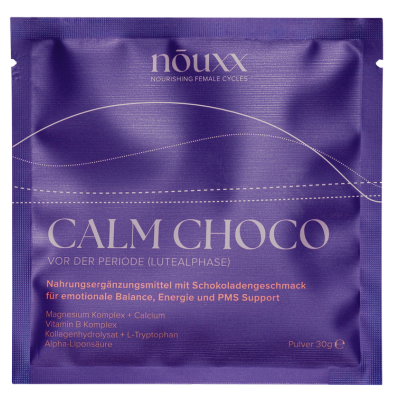
Your cycle, more than blood.
The average menstrual cycle lasts around 28 days and consists of four phases. Our Menstrual Cycle Routine is designed to complement your body’s natural rhythm, providing key nutrients to support overall well-being throughout each phase.
-

Menstrual Phase
Explore Bloody BerryIf the egg from the last cycle is not fertilized, the concentration of the hormones estrogen and progesterone decreases. The drop in hormone levels leads to the shedding of the uterine lining and bleeding, known as menstruation. With the onset of menstruation, a new monthly cycle begins. Typically, the menstrual phase lasts about 5 days and is part of the follicular phase.
-

Follicular Phase
Explore Green GlowThe Follicle-Stimulating Hormone (FSH) stimulates the maturation of eggs in the ovary, while estrogen promotes the build-up of the uterine lining for a possible implantation of the fertilized egg. A sharp increase in Luteinizing Hormone (LH) at the end of the follicular phase triggers ovulation, during which the egg is released from the ruptured follicle and transported through the fallopian tube to the uterus. The fertile days are about 3-5 days before and up to 24 hours after ovulation.
-

Luteal Phase
Explore Calm ChocoIn the luteal phase after ovulation, FSH and LH decrease, and estrogen production is reduced. The follicle becomes the corpus luteum, which produces progesterone to prepare the uterine lining for a potential pregnancy. If pregnancy does not occur, the corpus luteum degenerates, which can trigger PMS symptoms such as cravings and mood swings.




